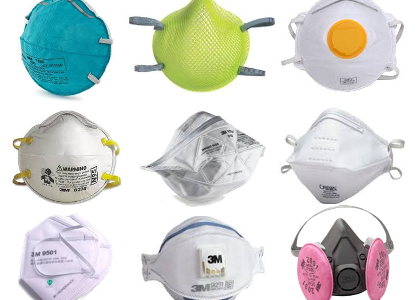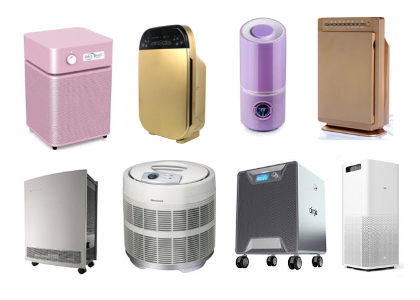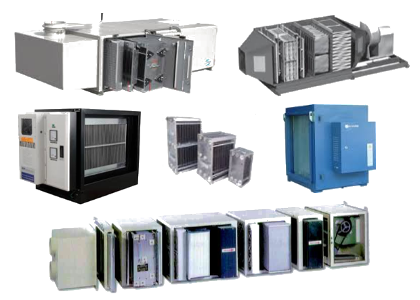The GAIA Air Quality Monitoring Stations are specially optimized, highly accurate and easy to use monitoring stations designed by the Earth Sensing labs. The stations are suitable for affordable budget - as low as $200 for the most recommended A12 station.

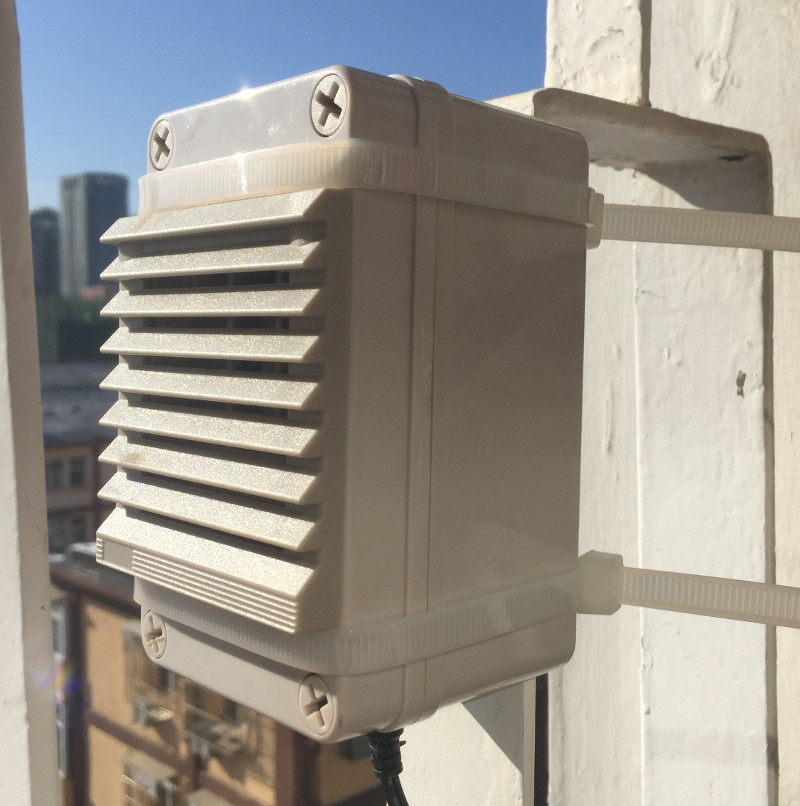
GAIA A12 Monitoring Station
Air Quality Monitors
Accurate and Reliable
Designed for efficiency
The semi-professional GAIA are also specially designed for outdoor use with IP67 waterproof material and UV proof ABS plastic.

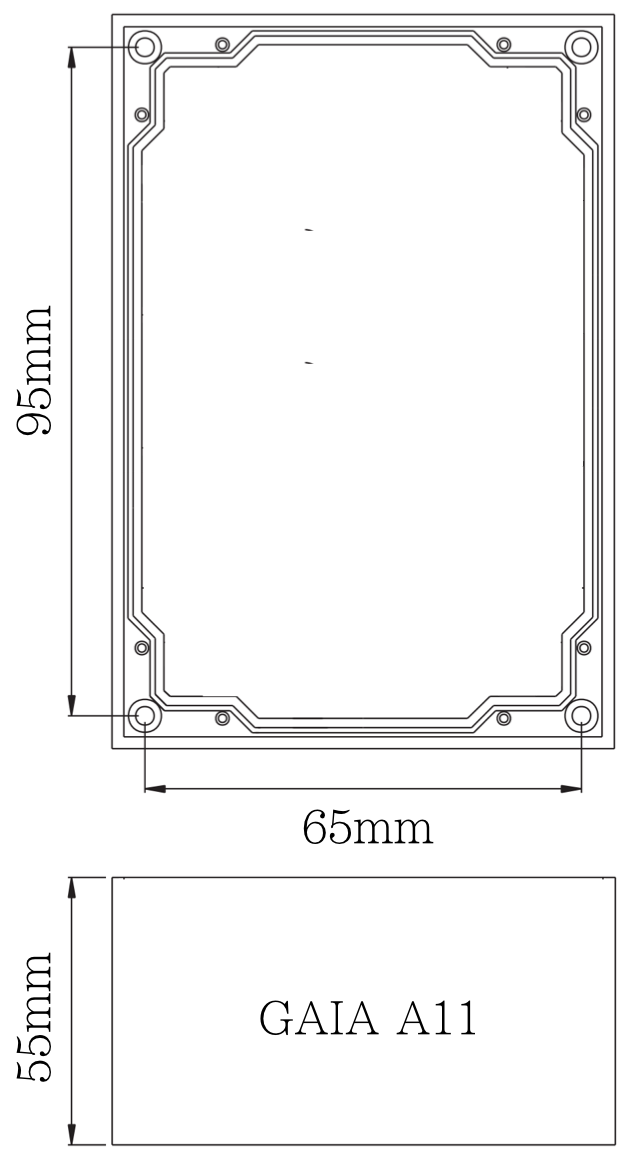
 Mounting with strips
Mounting with strips 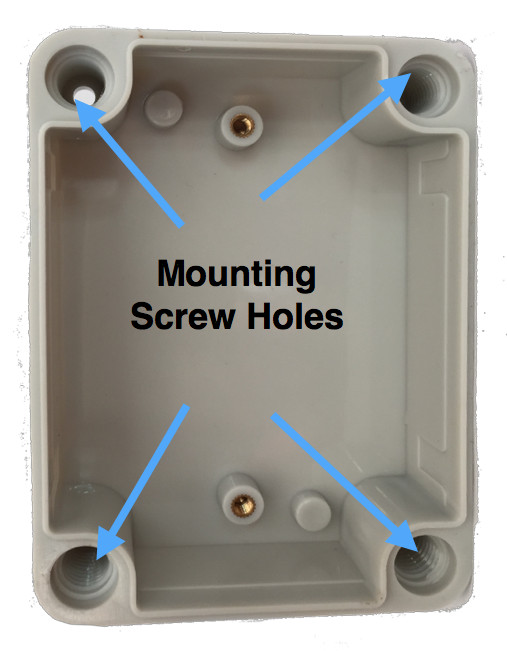
 We initially worked on a GSM version of the Gaia A12, but as the GSM connectivity is fading away, it is not a future proof solution. So, for those who have no WIFI conenctivity, this station will allow to connect to the global
We initially worked on a GSM version of the Gaia A12, but as the GSM connectivity is fading away, it is not a future proof solution. So, for those who have no WIFI conenctivity, this station will allow to connect to the global 